Over his 60-year career, Roberto Burle Marx established himself as a key figure in South American Modernism by designing more than 2,000 gardens and landscapes around the world for private residences, civic buildings, and public spaces. But he was also a tireless creator who worked in numerous media, from painting to sculpture to jewelry. This prolific artistry is on display in Roberto Burle Marx: Brazilian Modernist, now on view at New York’s Jewish Museum.
Spread across two first-floor galleries, the exemplary show — the first full-range American survey of Burle Marx — includes nearly 140 pieces, ranging from vibrant park plans and perspective drawings, to chunky necklaces and rings. An epic, 90-foot-long tapestry the designer wove for the Santo André Civic Center in 1969 is counterbalanced with a large hand-painted tablecloth he created for one of the legendary lunches he hosted at his home, Sítio de Santo Antonio da Bica outside Rio de Janeiro.
Born in São Paulo in 1909, Burle Marx began painting after living with his family in Berlin from 1928 to 1929, the height of a culture whose “violent expression…invaded my whole being,” he said. That influence radiates from his early portraits (tinged with more than a hint of Picasso), the paintings he completed in Rio de Janeiro (which exist at the intersection of Christian Schad, Rudolf Schlichter, and Max Beckmann), and in his earliest garden studies (whose color and spatial rhythm is unmistakably Bauhaus).
These influences are also visible in his landscape projects. When he began his design career—first in 1932 with a garden for the Schwartz Residence in Rio, then in 1934 as director of the Department of Parks and Gardens in Recife on Brazil’s northeast coast—Burle Marx rejected the popular focus on imported vegetation and French-inspired aesthetics. Instead, he embraced “Brasilidade,” or Brazilian identity, both in plan and plant.
Consider his 1938 rooftop garden for the Ministry of Education in Health in Rio. The building, a Modernist masterpiece, brought Burle Marx in contact with Le Corbusier and Oscar Niemeyer. But Burle Marx’s plan exists outside the crisp parameters of the Modernist architecture. It’s a lush, eye-popping tribute to abstraction, full of color and loopy walkways that coagulate into something at once fantastical and inevitable.
Burle Marx’s abstract sensibility is one of the central tenets of his career. You can see it in the commissions he received for private gardens (some he worked on with Niemeyer), larger civic projects (like his work in Brasilia, again with Niemeyer), or public parks like the 200-acre Parque del Este in Caracas, Venezuela. And then there’s his 1970 masterpiece, 2.6 miles of “mosaic carpets” for Avenida Atlântica at Rio’s Copacabana Beach that feature unique motifs in white, black, and red-brown Portuguese stone broken up with segments of waves. The jazzy, quintessentially Brazilian design captures the verve of both Rio and Burle Marx’s work. He echoed the Avenida Atlântica in his plans for Biscayne Boulevard in Miami, one of the rare projects realized in America, designed in 1988 and finally completed in 2004.
But the other pillar of Burle Marx’s career was the environment. He zealously used local flora in his projects, exploring the region’s forests to seek out indigenous plant life that was underused or unseen. He discovered nearly 50 new plant species and collected many of them at his estate, now a national monument. It’s a fitting tribute. Burle Marx’s experience in nature and witnessing its destruction, especially the rainforest, made him a lifelong environmentalist, his landscapes acting as conservation projects as much as gardens; one piece in the exhibition is an ink-on-paper screed against a rainforest clear-cut project.
Burle Marx’s dedication to the protection of the environment is as prescient as his approach to design. As we reconsider Modernism’s legacy and how to make better decisions regarding development and sustainability, he stands as a testament to the peaceful coexistence of creativity, ambition, and respect for local culture.
The exhibition Roberto Burle Marx: Brazilian Modernist is on view at The Jewish Museum in New York through September 18. In 2017, the show travels to the Deutsche Bank KunstHalle in Berlin (July 7-October 8), then the Museu de Arte do Rio in Rio de Janeiro.
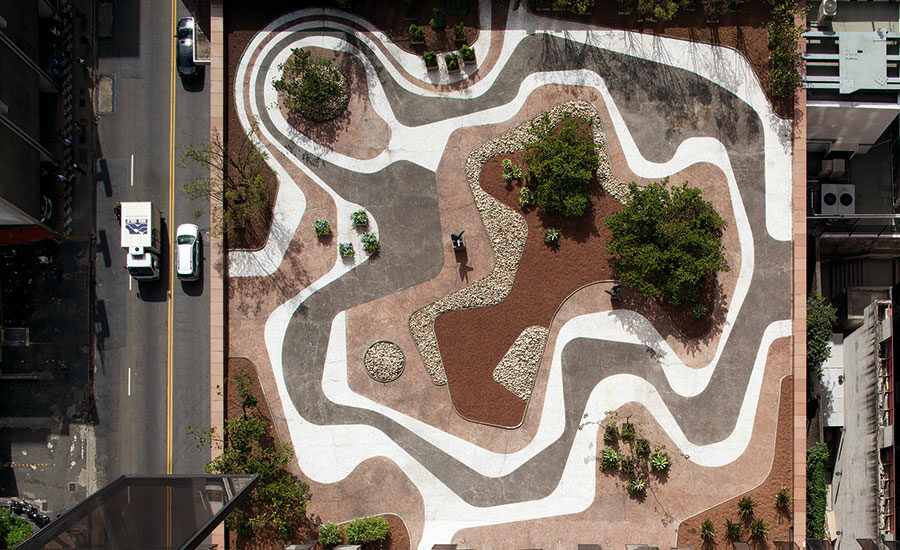
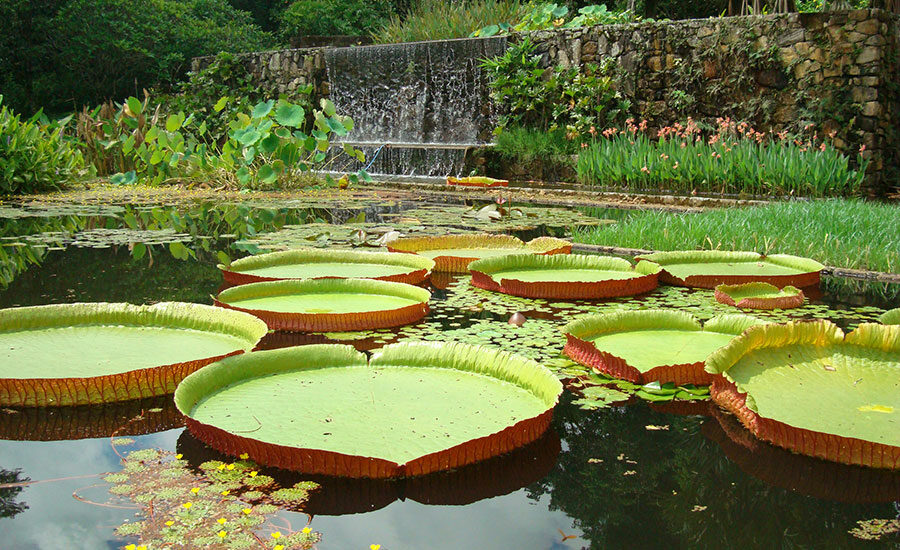
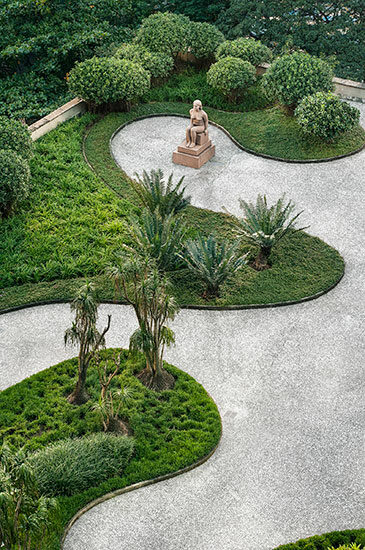
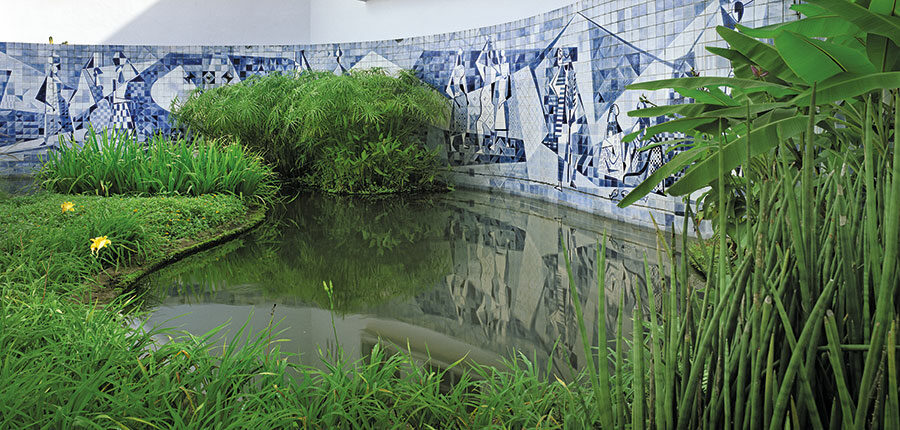
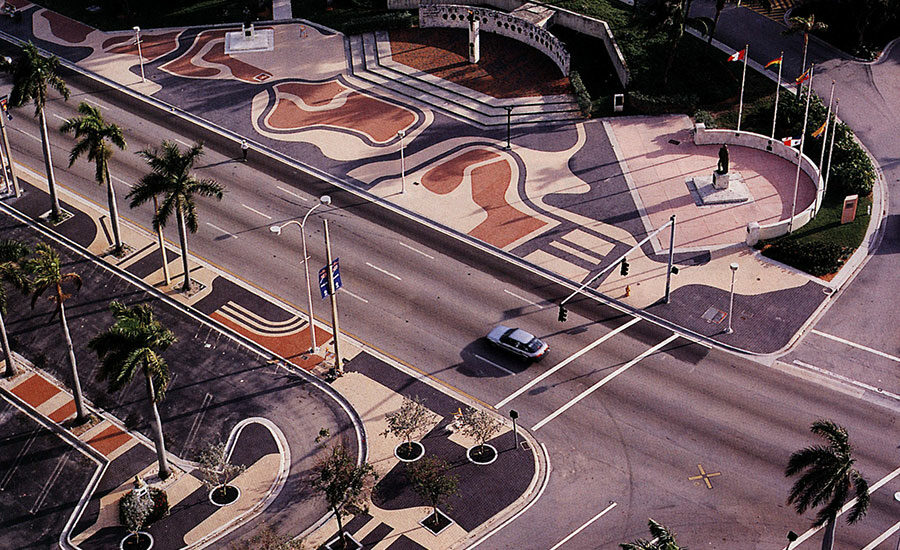
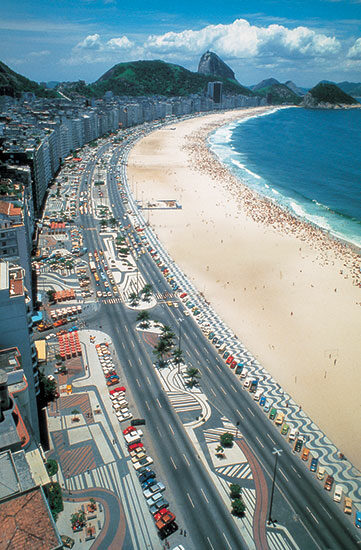
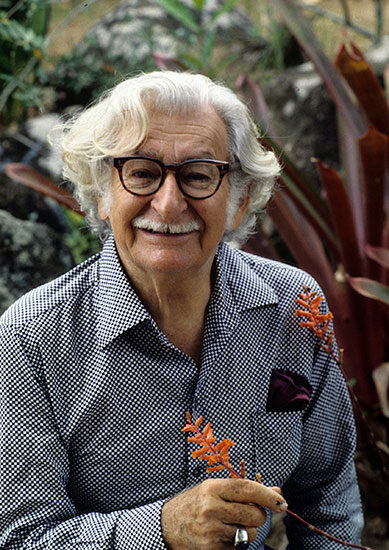
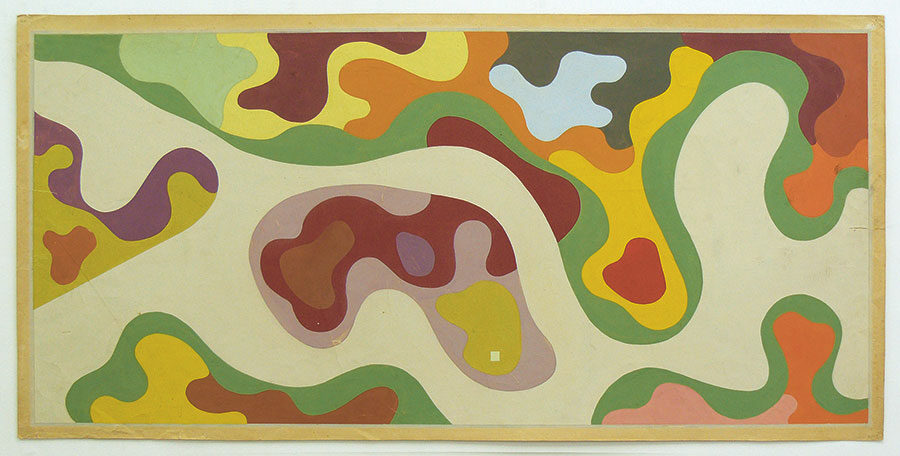
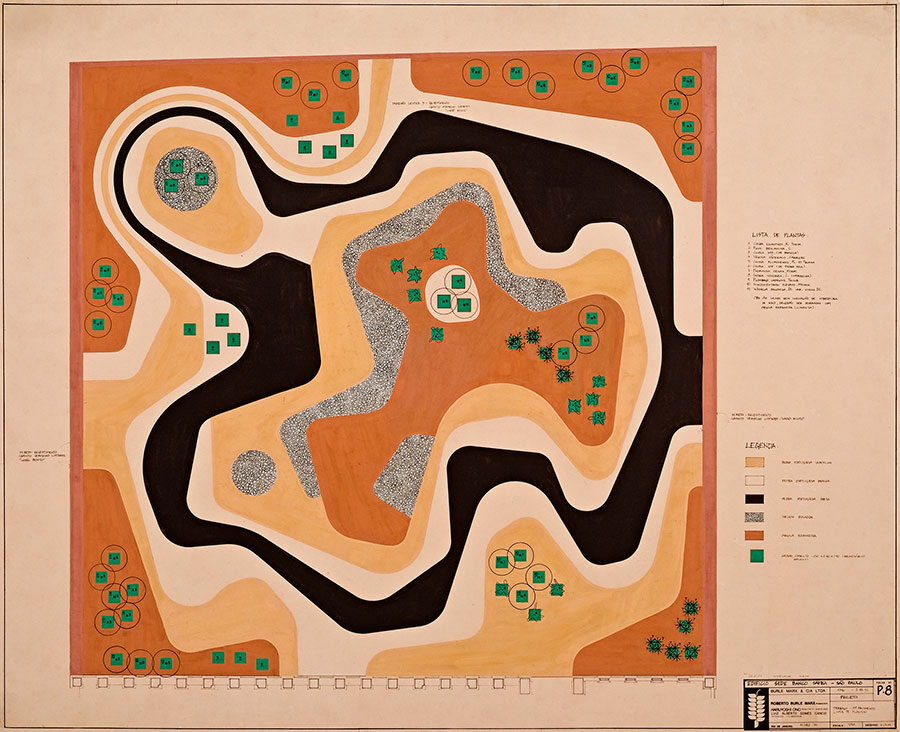
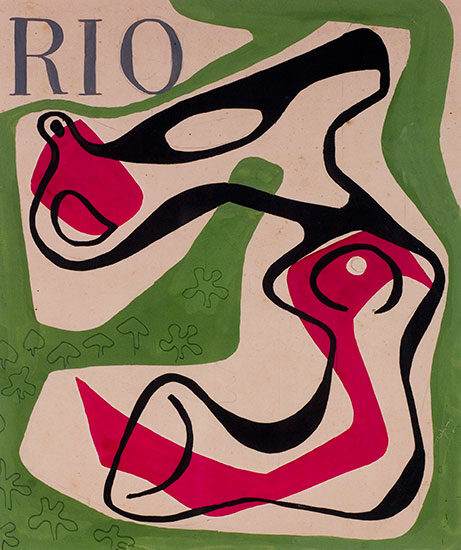
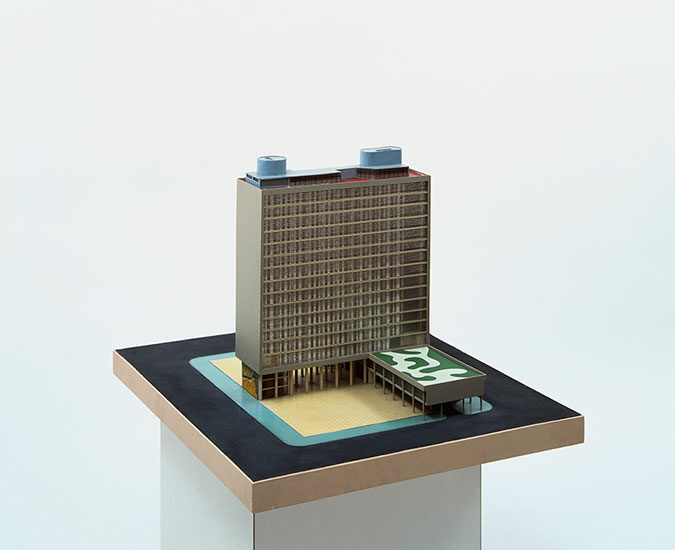
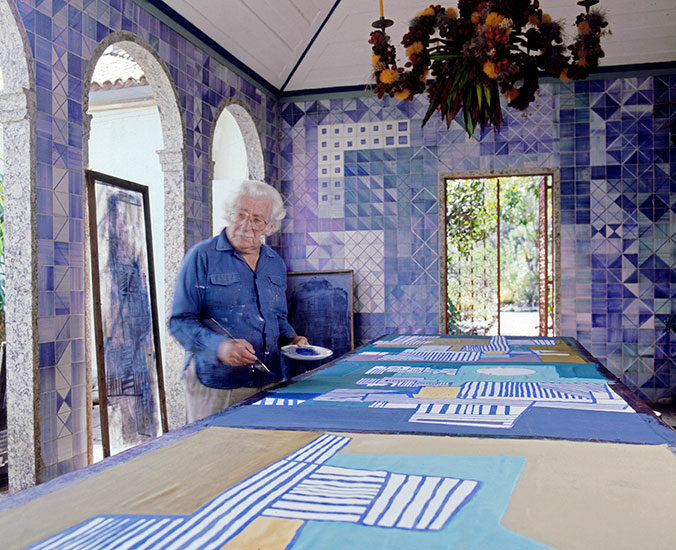
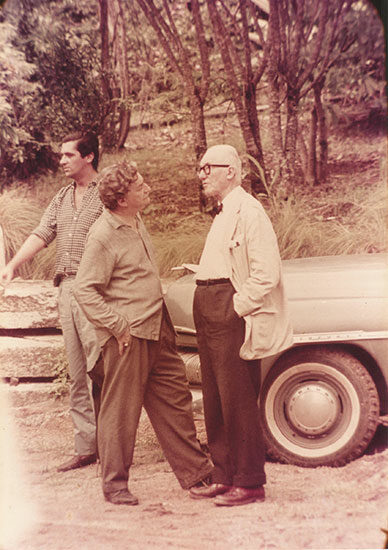
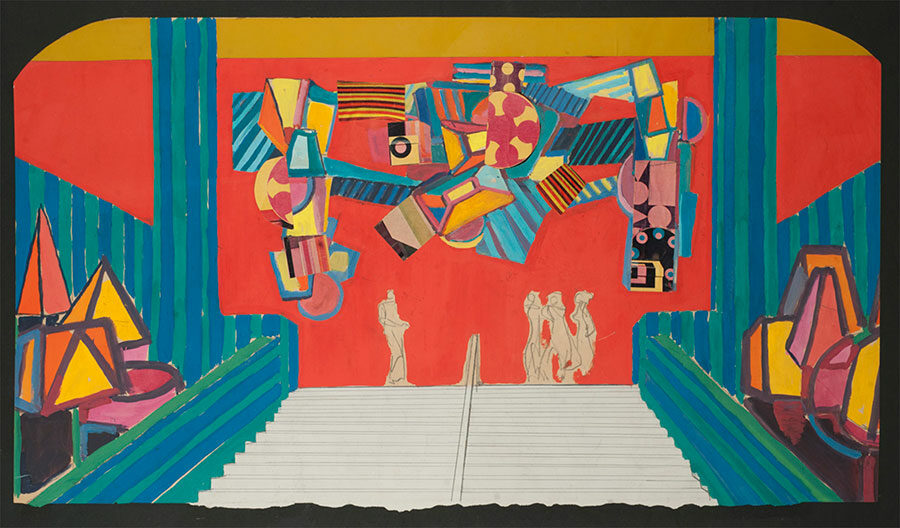

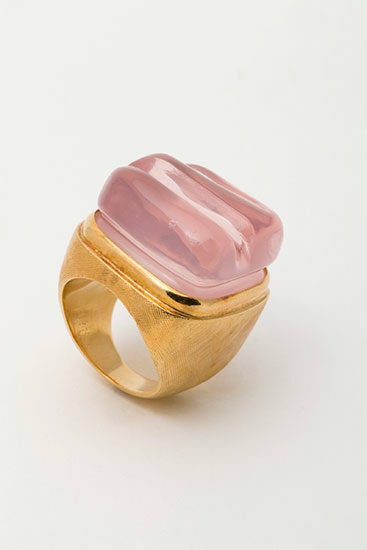
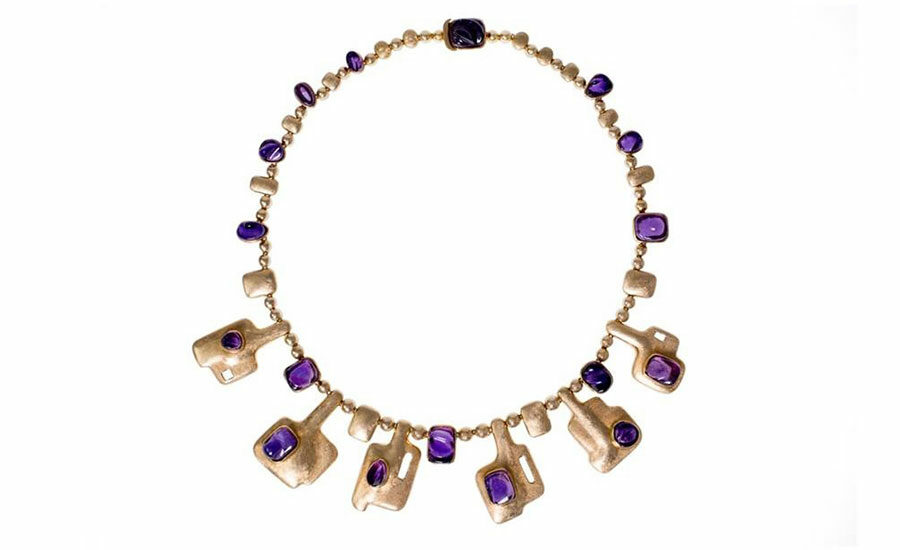
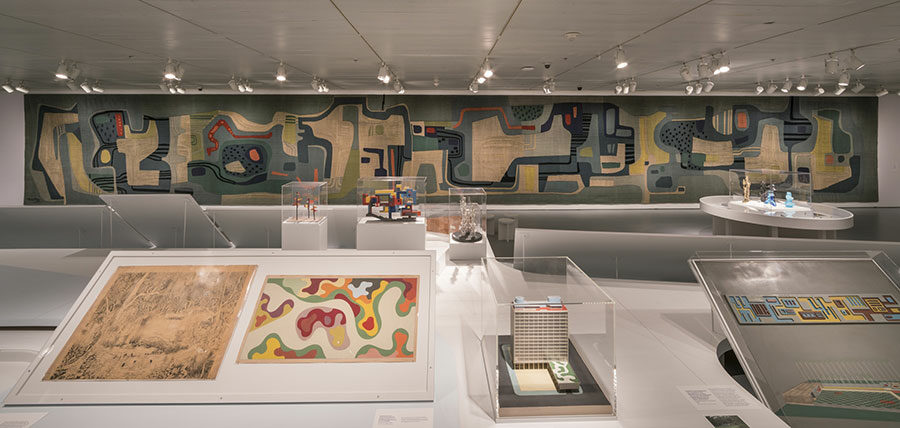

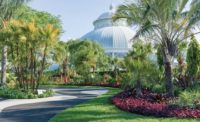
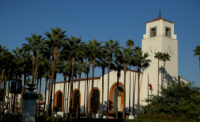
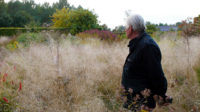
Post a comment to this article
Report Abusive Comment